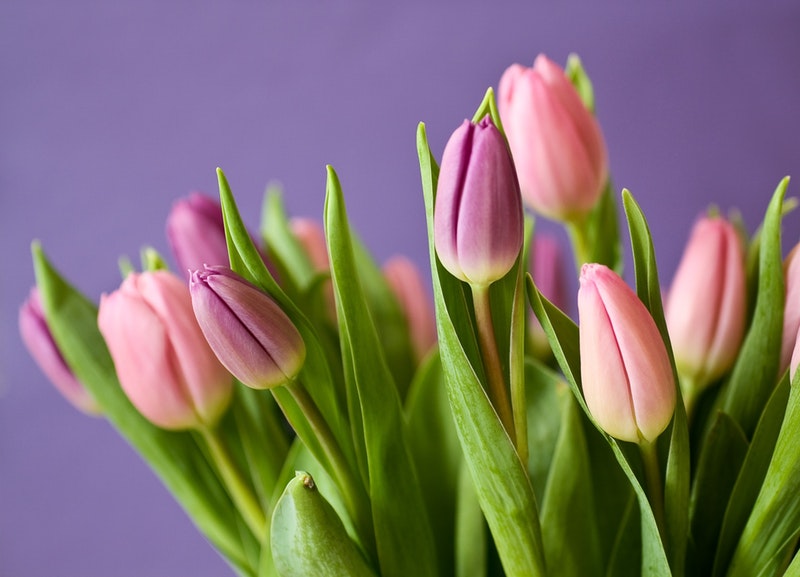While they’re pretty to look at, often smell good, and can serve several functional purposes for humans, many household plants can prove toxic for curious canine and feline grazers.
In no particular order, let’s review six of the most common poisonous suspects, and learn why it’s safest to keep these out of your house or garden (or limit and monitor your pet’s outdoor access).
Azaleas: Also known as Rosebay or Rhododendron, this springtime bloom causes vomiting, diarrhea, weakness, and even cardiac failure in dogs and cats, often even if a small portion of the shrub is ingested.
Daffodils: These pretty perennials aren’t so pretty if your cat or dog is exposed. While the bulbs are especially toxic, keep your pets away from the plant entirely. If ingested, the most minor symptoms include vomiting, salivation, and diarrhea, while larger quantities can lead to convulsions, low blood pressure, tremors, and cardiac arrhythmias.
Lilies: If you’ve ever lived in a household with cats, you may already be aware of just how toxic lilies can be for our feline friends. Even as little as two leaves can harm your cat if ingested, but any exposure may prove dangerous without immediate veterinary attention. Potential kidney failure can prove fatal. For this reason, it’s best for cat owners to pass on keeping any lily species… period.
Tulips: Whether it’s a vase of cut tulips used as interior decor or a garden bed full of (highly toxic) bulbs, this popular flower can cause symptoms such as vomiting, depression, diarrhea, and hypersalivation if your dog or cat gets a hold of it.
Sago Palm: This pint-sized tree packs an extremely poisonous punch if ingested, with a long list of potential symptoms including vomiting, melena, icterus, increased thirst, hemorrhagic gastroenteritis, bruising, coagulopathy, liver damage, liver failure, and even death.
Aloe: Everyone’s favorite natural skin-soother is also a common household plant, but it should be kept far away from household pets to steer clear of the vomiting, lethargy, and diarrhea brought on by ingestion.
This list is by no means exhaustive, so it’s important for every pet parent to educate themselves and reference the complete list of plants toxic to pets before bringing a new addition into the home or garden.
When in doubt, a dog walker can get your pup outside to run and roll around in the grass (while closely supervised, of course) — a ritual most dogs will appreciate! Contact our team for more information about our dog walking and pet sitting services, and do your part to ensure your pet remains safe and healthy when you can’t be home!
